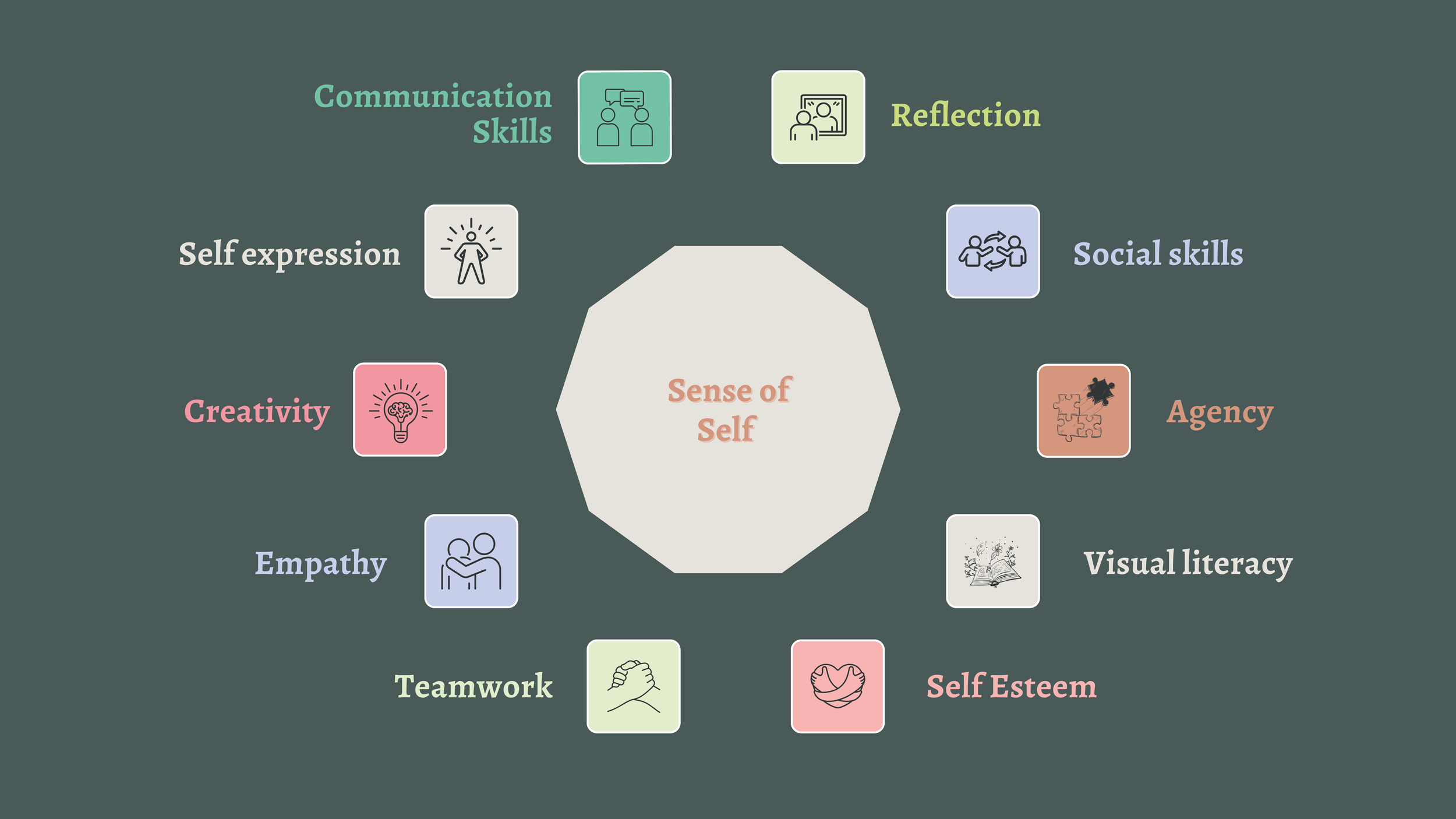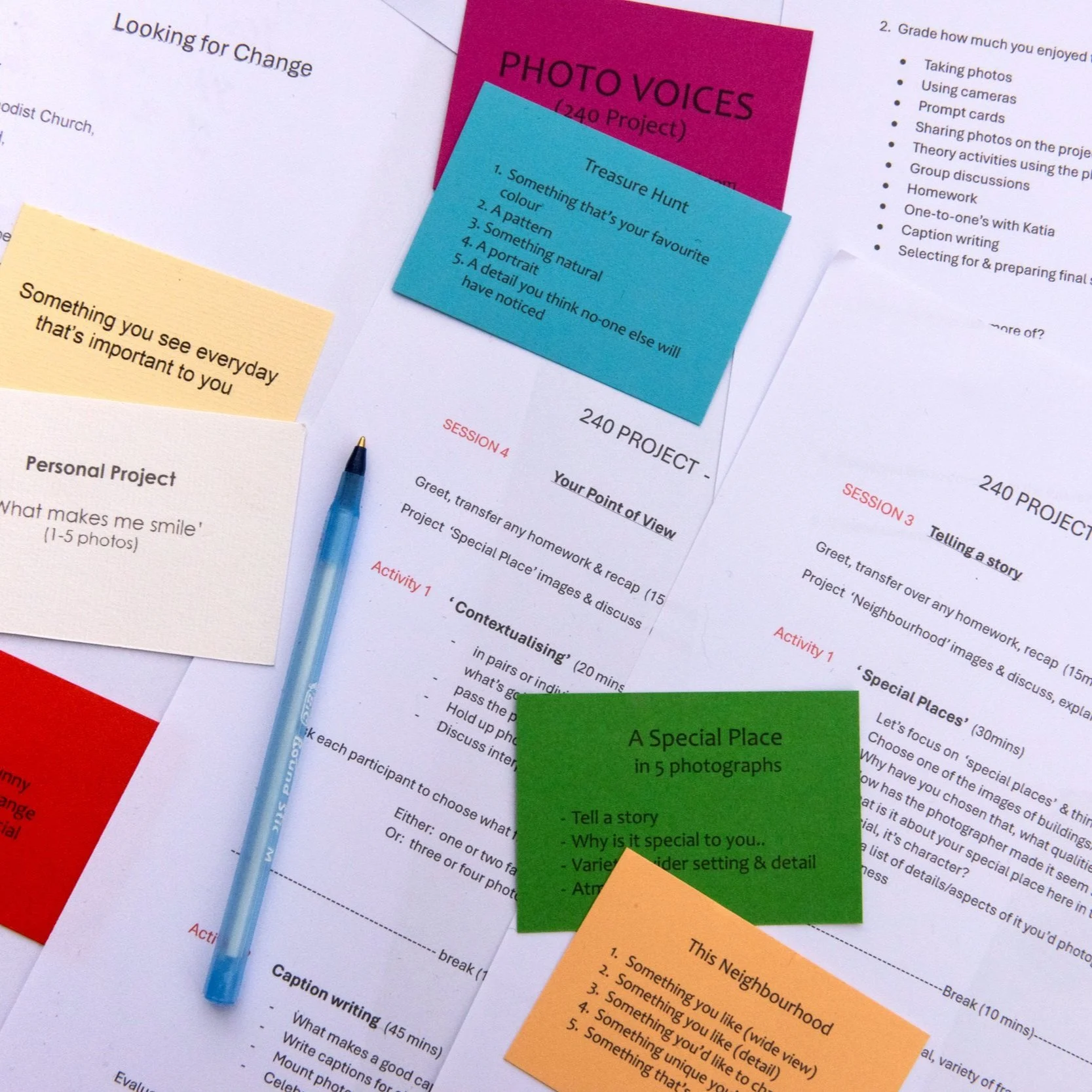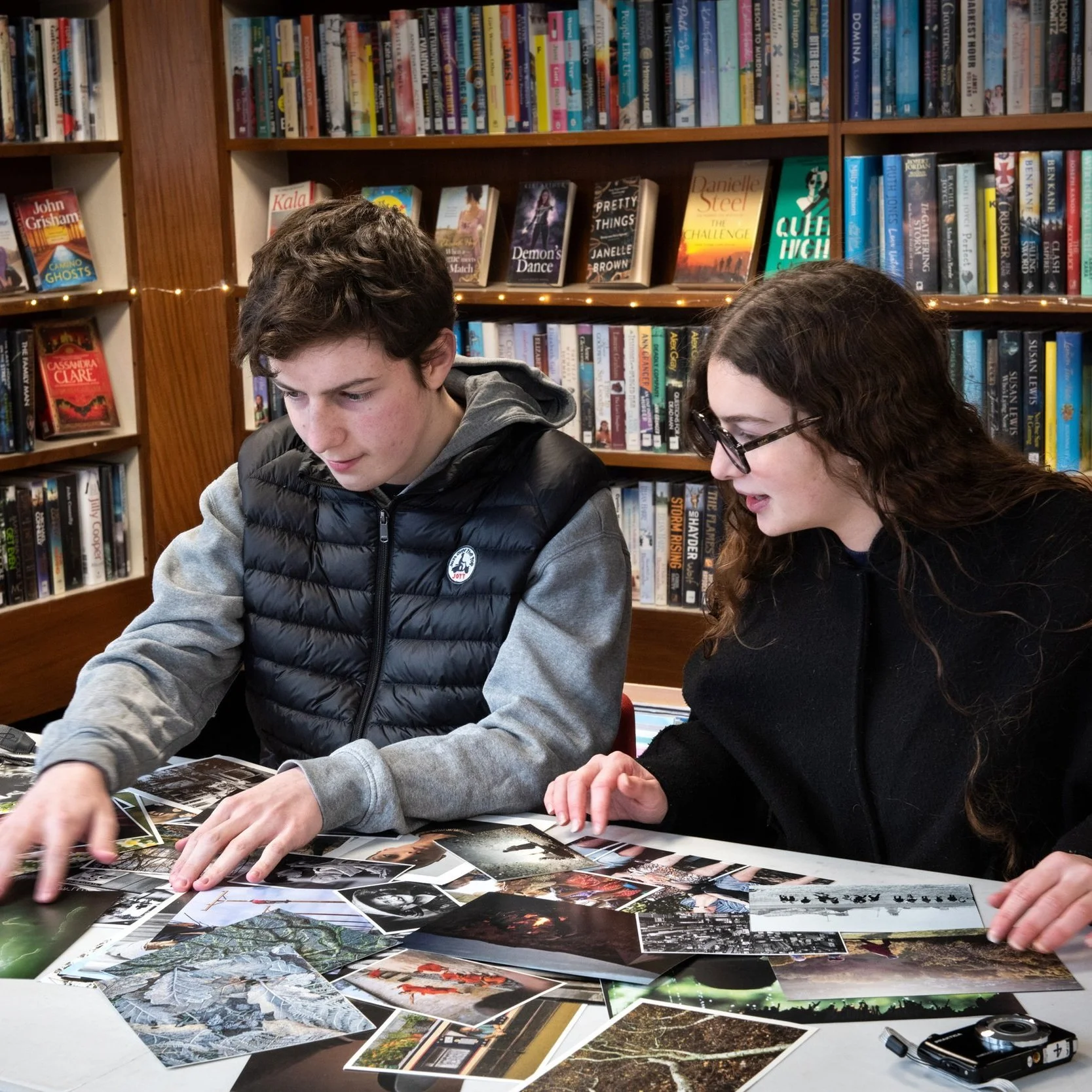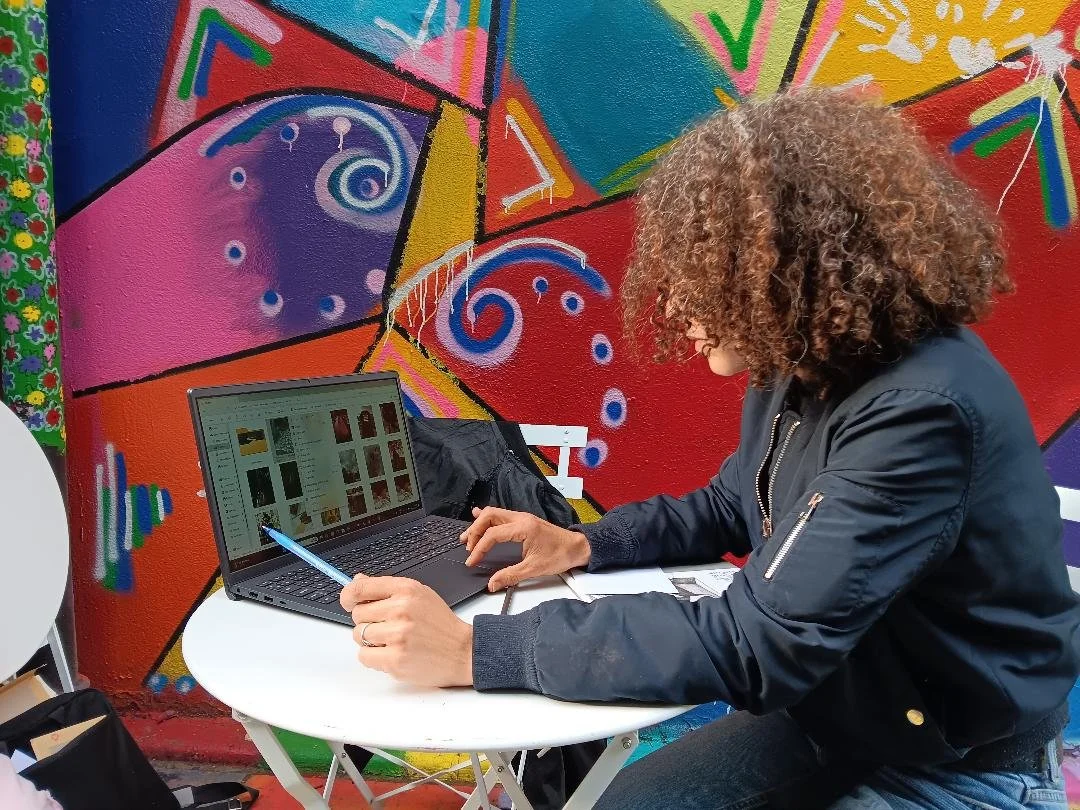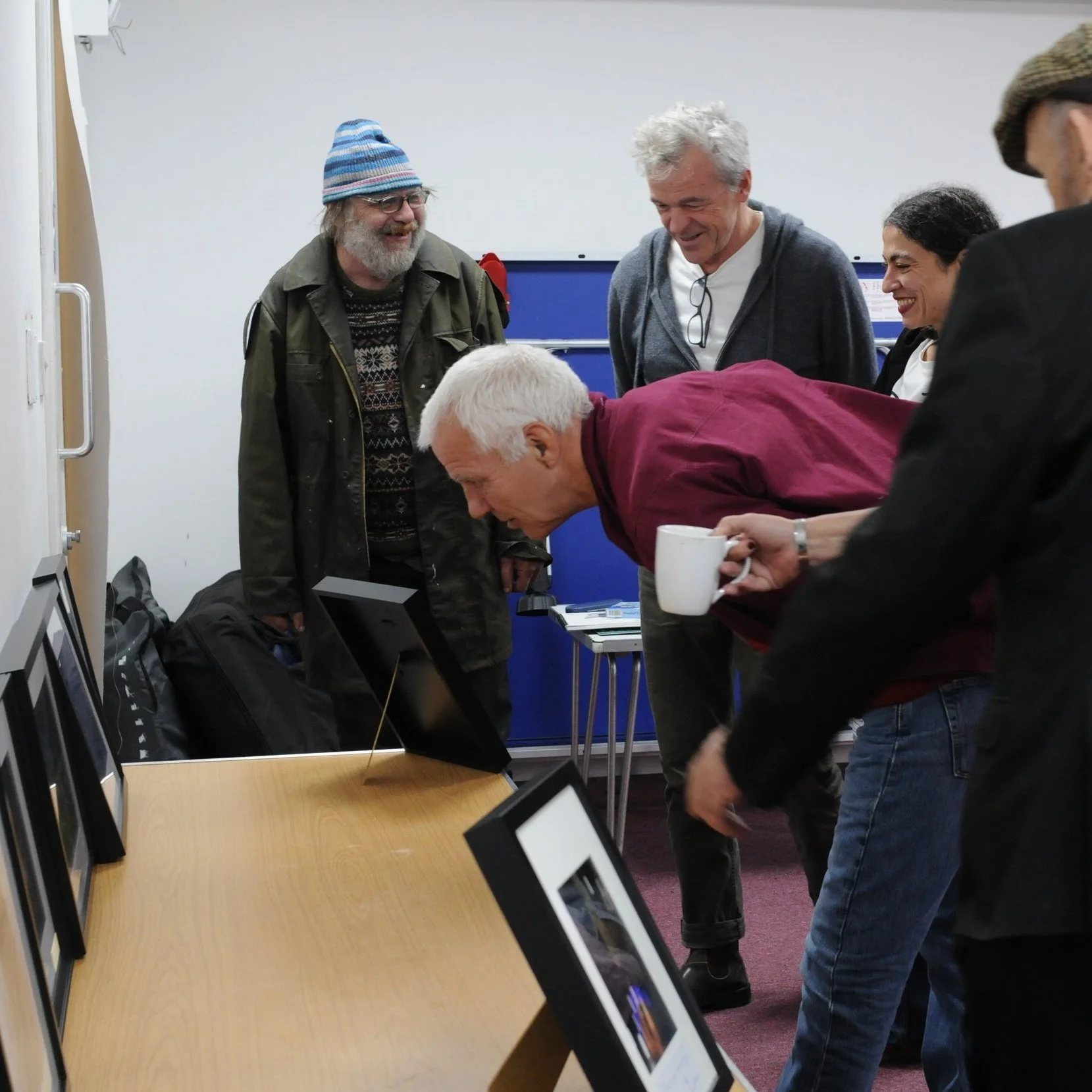Looking for Change CIC
Practitioners in Participatory Photography -
A Methodology for Personal Growth and Social Change
Our Service
Looking for Change CIC offers participatory photography projects and workshops for use with communities whose voices are seldom heard, to build self-esteem, research a topic, and show policy makers what life is like through their eyes.
We work with schools, institutions, charities and community groups to design projects which use photography to explore particular issues and experiences within a group.
The participants’ photos, accompanied by captions, are presented to an audience and used to help others understand their realities and what’s important to them.
It is a process which encourages personal development and agency, enabling both participants and those with power, to make changes to improve their lives.
An Introduction to Participatory Photography
Participatory photography, also known as ‘photovoice’, is a method which combines the provision of cameras, technical support and guided photographic assignments with carefully designed group activities, to explore issues within a group of people, develop their skills and work towards a final goal.
By providing a safe space and keeping participant well-being at their core, projects encourage reflection and self expression whilst gathering authentic insight into a particular issue, community or environment which can enlighten others and be used to bring about change.
It is a participatory and collaborative approach which has been used around the world in various fields since the 1990's. It emphasises both process and outcomes and is based on the idea that people are experts in their own lives and their own communities, and should be involved in the decisions that affect them.
Different projects will have different aims, some will focus more on building personal skills to enable change on a personal level, while others might explore a specific issue with the aim of informing a wider audience to affect wider social change.
Participatory Photography for Personal growth
Taking, choosing and discussing photos, exploring a topic, being heard and working as a group builds skills and self esteem:
Underrepresented and issue-affected communities are often discussed as statistics and put into boxes, their individual experiences and personal opinions not featuring in the discussions and decisions which affect their lives. They might want things to change but often feel powerless to bring about change themselves.
A series of photos with captions can voice the feelings and circumstances of a particular community in a very direct and powerful way.
Showing these photos to people in positions of power - funders, programmers, care providers and policy makers allows these voices to be heard.
Including these voices in decision making will ensure policies are more effective, programmes more relevant and money is well spent.
Participatory photography is an empowering process which enables underrepresented people to represent themselves and work towards positive change.
Participatory Photography for Social Change
How it works
Designing a project
Projects are designed in collaboration with leaders and organisations who choose participants and suggest the topic they’d like to explore, the objectives and the outcomes they wish to achieve. Funding is sought if needed and staff training is provided. Keeping the well-being and needs of the group at it’s core, a course of workshops is designed to explore a theme and work towards a final goal like an exhibition, video, publication, meeting or public event.
Providing cameras and a Safe Space
First and foremost to establish a Safe Space, ground rules, informed consent, and issues of confidentiality are agreed upon as a group. The concept of photos as a unique and valid ‘voice’ rather than as objects of aesthetic value is established. Activities to build trust and introduce visual language are followed by the introduction of cameras and technical support.
Exploring individually
Assignments allow people to take photos in their own time, in between sessions, like homework. They are free to decide what to photograph and how, to explore ideas and express things in their own way. The emphasis is on personal choice and the value of individual expression.
Working as a group
Group activities involving photographs, from assignments and other sources, are designed to build trust and confidence, encourage dialogue, visual literacy, empathy and teamwork. At all times the right to choose, and mutual respect, are central in maintaining a safe and stimulating environment.
Selecting and preparing to share
Evaluating and selecting which photos to print affirms participants’ choices while working on captions to contextualise the images develops further skills. An exhibition, video or final event adds meaning and purpose to the work and is a celebration of both personal achievement and teamwork. It is an opportunity to feel pride and tell their stories to an audience.
Presenting and Celebrating
Presenting the photos to a targeted audience - friends, policy makers, carers, funders or the general public, is the final stage of a project. This can take different forms but is essential in getting the participants’ voices heard, acknowledging the issues raised and using their work in a positive way. Finally, a full evaluation and documentation of the project is provided.
Examples of Participatory Photography/photovoice Projects
As a methodology Participatory Photography is used in a variety of fields, such as:
research
personal development
education
health
international development
community engagement
policy making
therapy/rehabilitation
advocacy
“ My grandad’s always there, I tell him everything
Just seeing his slippers makes me smile” EB 2024
Here are some examples of it serving different purposes in different communities around the world..
A photovoice project exploring views on well-being amongst Aboriginal students in Canada
A UK project highlighting the experiences of ethnic minority sufferers of severe mental health
The journal ‘Youth and Policy’ uses Photovoice to explore the views of young people in Wigan - their hopes for the future, the barriers to employment & everyday interactions with the world
https://www.youthandpolicy.org/articles/community-wealth-photovoice-project/
The Dutch charity ‘Child in the City’ uses Photovoice in 5 different ways to get children participating in policy making in the city of Boulder USA
Projects in Pakistan, one with street children, the other with TB sufferers



